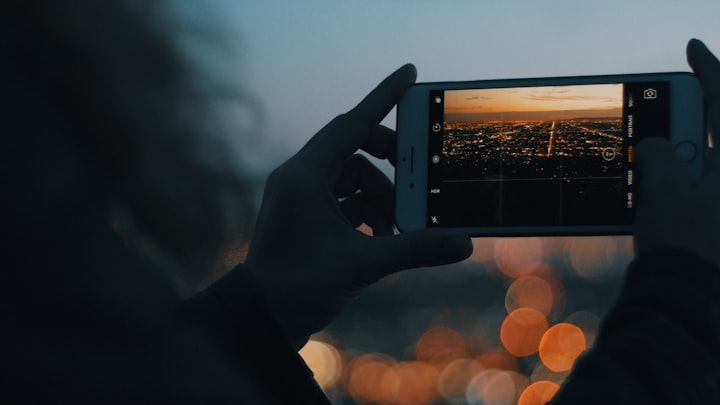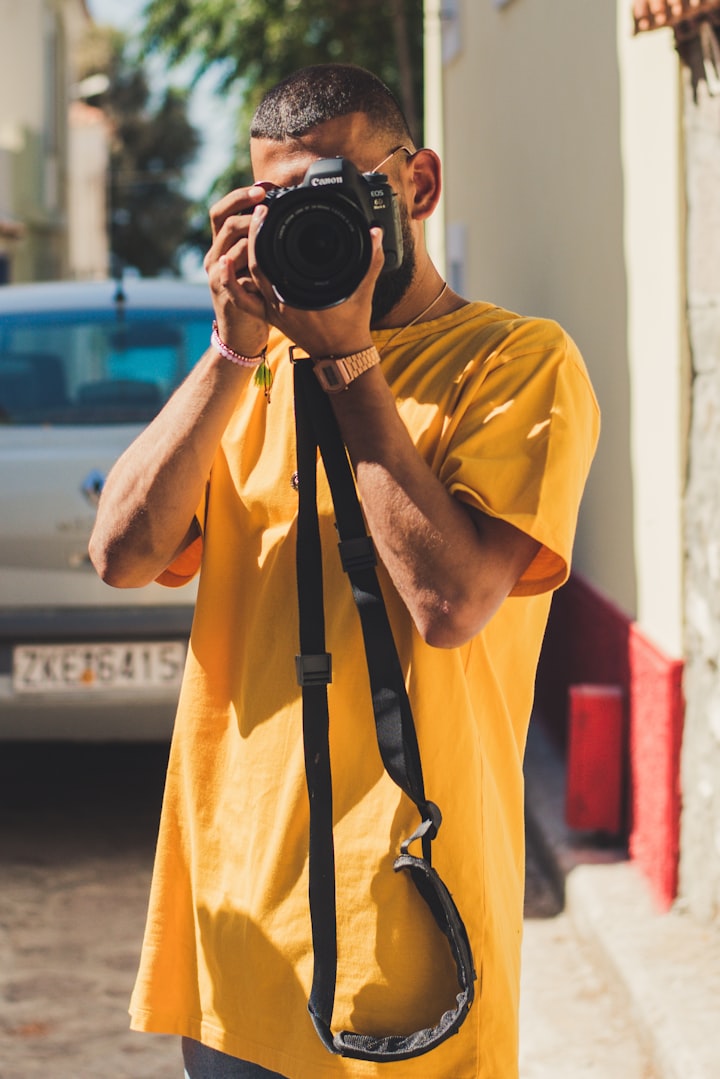8 Tips to Help You Take Incredible Photos with Your Smartphone
These simple tips will help you get the most out of your smartphone’s camera. They will soon become familiar, and you won’t have to think about them, but your results will be stellar.

The quality of smartphone cameras is incredible. Unless you’re really into photography, you definitely don’t need a DSLR to take a great pic. And even if you are into photography, you’re much more likely to have your phone with you when you spot that perfect moment for a photo.
There are hundreds of professional photographers sharing their work on Instagram who seem to work magic with their smartphones. Meanwhile, the rest of us mere mortals have images that seem comparatively dark and uninspiring. So, what’s their secret? Here are 8 tips to take better photos with your smartphone, so your images look as good as the professionals!
1. Clean Your Lens Often
This may sound obvious, but how often do you simply pull your phone out of your pocket and just start snapping? Some phones now, like the latest Samsungs, will detect when your lens is smeary or dusty and remind you to clean it. If you’re heading out somewhere and know you’re going to be taking pictures, take a screen-cleaning cloth with you.
2. Turn on Your Grid
Most phones have an option to turn on a grid that will divide your shot into nine. This can help you naturally create a better composition. If you learn more about composition with the rule of thirds and other rules of composition, this will help you put them into practice.
3. Take Charge Of Your Focus
The algorithms that smartphone manufacturers use are phenomenal but sometimes need a helping hand. Don’t forget to use the magic of touchscreen technology to override the auto settings when you have to.
Most smartphones will automatically focus on a face if it can recognize one or simply choose the center of the frame. However, the center of the frame is often not the best place to put your subject.
There’s a concept called “the golden ratio,” which shows that, for many photos, having the subject off-center is actually the best place since the viewer's eye is drawn in a spiral. You don’t need to fall into a rabbit hole here, but experiment with your composition.
Getting your smartphone to focus on your off-center subject is easy. Just tap on the screen where you’ve placed the subject, and the phone will focus there. If you’re struggling with autofocus even while tapping, try changing your settings.
4. If the Image Looks Dark, Change the Exposure
Nine times out of ten, the exposure chosen by your phone’s software will be perfect, but if your picture contains large areas of brightness or darkness, it will have trouble, and you may end up with a picture that’s too dark or too light. Try taking a picture on a snowy day or just before the sun goes down, and you’ll likely have issues.
To combat this, try editing the settings within your camera rather than turning to editing. Editing is great for minor tweaks, but it can’t fundamentally lighten an image without losing quality. Software is updated all the time, so do a google search of how to edit the exposure for your phone and try playing with those settings.
5. Only Use Flash When You Need It
By default, the flash on a smartphone is usually automatic. If the phone thinks the scene is too dark, the flash fires; if it doesn’t, it won’t. You’ll find there are lots of times when that isn’t what you want. My advice is to turn off the flash and only turn it on when you decide you need it.
In almost all circumstances, finding an alternative source of light will make for a better image. Daylight is often best, but any other light source will give a better effect than your flash. You can also use external light sources to create more moody and artsy photos.
6. Apply Filters in Editing
Filters are fun to play with, but it’s often a good idea to start with a clean image so you can add filters to a copy. If your phone offers filters for your photos to come out black and white or with colder tones, leave that for editing. That way, you can always change it later.
7. Avoid Your Camera’s Zoom
Even cameras with Superzoom lose significant quality as you zoom in. While this may be fun to play with, it doesn’t make for a quality image. Instead, get physically closer to your subject. If that’s not possible, change your phone’s settings, so it's on the highest MP count, and snap a picture without zoom. When you zoom into the image with your fingers, you can likely crop it to get a better image.
8. If You’re Serious, Use Lightroom (or an Alternative)
Adobe’s Lightroom has long been a photographer’s favorite, and it is the perfect software package to realize a smartphone’s photographic potential. It is an unbelievably powerful tool and a must for all serious photographers.
Whether you want to alter tonality, color and sharpness or drop on a grad, desaturate or alter perspective, Lightroom can do it all. Not only that, but it works incredibly well on a smartphone and, unbelievably, is free.
If you have a laptop or a desktop computer, then the possibilities brought by an Adobe subscription can further enhance your smartphone’s photographic possibilities with both Lightroom and its older sibling, Photoshop, making literally everything
These simple tips will help you get the most out of your smartphone’s camera. They will soon become familiar, and you won’t have to think about them, but your results will be stellar.
The best thing about your smartphone is still where we began – you always, always have one. And, with a little thought, the photographs you make with your smartphone can be hugely powerful images, pictures that you would once have missed.
About the Creator
Blissed Out
www.blissedout.ca






Comments
There are no comments for this story
Be the first to respond and start the conversation.